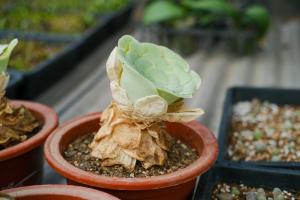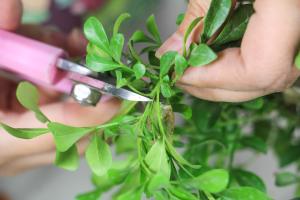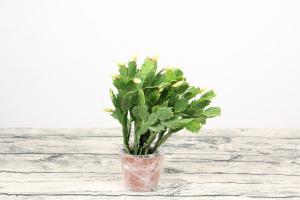How to Raise Planter Pots Off the Ground
When it comes to gardening, having proper drainage and airflow for your plants is crucial. One way to improve these factors is by raising your planter pots off the ground. Here are some tips on how to do it:
Materials Needed
The first step is gathering the materials you'll need. You will need risers, pot feet, or bricks to elevate the planter, and saucers or dish-drainers to collect excess water. You can also use gravel or rocks for additional drainage if you prefer. The amount of materials you need will depend on the number and size of your pots.
Choosing Your Planter Risers
There are many options when it comes to raising your planters off the ground. One choice is to use risers, which are small plastic or metal pieces that can be placed under the planter. For larger pots, you can use cinder blocks or even sturdy wooden planks. Remember to choose materials that can withstand the weight of your planter and the soil inside it.
Using Pot Feet
Pot feet are small, decorative stands that can be added to the bottom of your planter. They are usually made of ceramics or other decorative materials and come in various sizes and shapes. Pot feet not only elevate your planter but also add a decorative touch to it. Keep in mind that pot feet may not work for all types of planters, especially those with narrow bottoms.
Bricks as Raisers
If you're on a budget, using bricks is an affordable and easy way to raise your planter. Simply place four bricks under the corners of the planter, making sure they are level and sturdy. If you're worried about the bricks scratching your floor, you can add felt pads underneath them.
Using Saucers or Dish-Drainers
Collecting excess water is essential for preventing root rot, so make sure to place a saucer or dish-drainer under your planter. The saucer should be slightly larger than the bottom of your planter to catch any drips. If you're using dish-drainers, make sure they have a deep groove to keep the water from overflowing.
Gravel for Better Drainage
Adding a layer of gravel or rocks to the bottom of your planter can improve drainage and prevent soggy soil. Make sure to use only clean and sterile materials to avoid potential contamination. The depth of the gravel layer should be around one-fourth of the height of the planter.
Conclusion
Elevating your planter pots off the ground can have many benefits for your plants. It improves drainage, airflow, and prevents water damage to your floors. Whether you use risers, pot feet, bricks, saucers or dish-drainers, make sure to choose materials that are sturdy and fit your planter's size and weight. With these tips, your plants will thrive in their new elevated homes!

 how many times do yo...
how many times do yo... how many planted tre...
how many planted tre... how many pine trees ...
how many pine trees ... how many pecan trees...
how many pecan trees... how many plants comp...
how many plants comp... how many plants can ...
how many plants can ... how many plants and ...
how many plants and ... how many pepper plan...
how many pepper plan...































